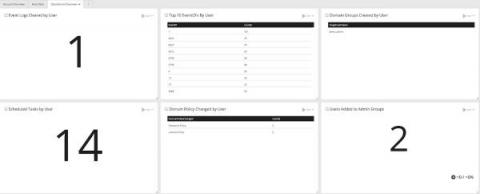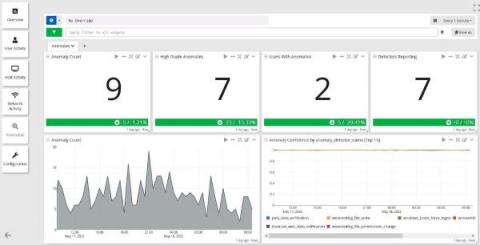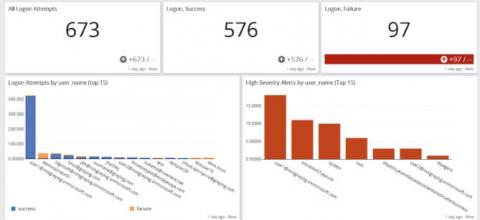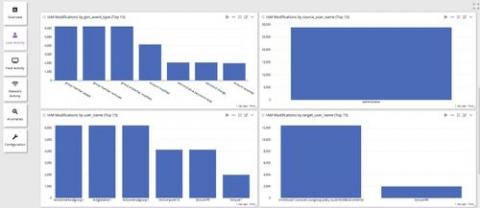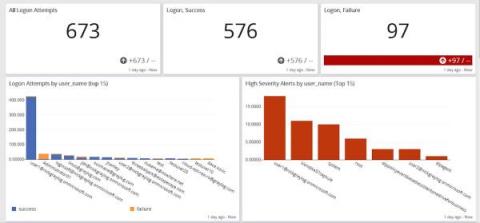Log Management Strategy for Cybersecurity Maturity
Log management maturity and cybersecurity maturity often mirror one another. In today’s highly connected world, companies need to live with risk. Organizations need to balance the risks they’re willing to accept and compare that to the amount of money they’re willing to spend. Centralized log management is often a way to get the security monitoring that you need. As you mature your log management strategy, you’ll often find that you mature your security posture as well.




